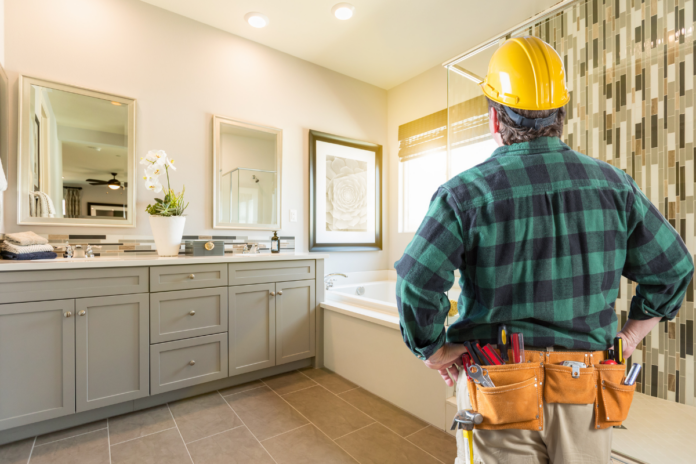Remodeling your home can be both an exciting and stressful endeavor. While the dream of a totally refreshed living space does a great deal to keep you motivated, you can almost guarantee it won’t be without teething problems.
Remodeling always comes with a lot of unexpected work: unearthing one problem reveals another, and whatever timespan you have in mind, bear in mind that it’s going to take at least a little bit longer.
As with many things, preparation is everything when it comes to home renovation. You can’t be one step ahead all the time, of course, but there are plenty of things you can do to mitigate problematic events. In this article, you’ll learn how.
Risk Assessment
Before you go pulling down stud walls and ripping out old fixtures, it’s essential to first find out what you’re dealing with. Depending on the age of your property, hazardous materials may have been used during construction or when previous renovation work had taken place.
The main one to be concerned about is asbestos: a naturally occurring mineral that was used extensively in the past for its strength and fire-resistant capability. Unfortunately, we now know that breathing in asbestos fibers is very dangerous as they have the possibility to cause a type of lung cancer called mesothelioma.
Particularly throughout the 1950s through the mid-1980s (after this point it was phased out until being completely banned), it was used in everything from roofing soffits, to laminate flooring, to loft and boiler room insulation. While there are many visual cues that you have asbestos in your home, you can’t know for sure unless you get it tested: have a qualified asbestos surveyor come and give the area you’re planning on remodeling a once-over for peace of mind. If left undisturbed, asbestos is mostly considered safe.
There’s also the concern of disrupting the integrity of your property when you’re remodeling. If you don’t have previous experience, you won’t know the ins and outs of the architecture; pulling a wall down could mean risking a collapse, so be sure to have a builder verify which walls are load-bearing and which are not.
Finally, make sure you know how the electrics are set up before demolition (you don’t want to risk electrocuting yourself by hammering into a live wire!), and utilize proper HEPA filter extractors alongside adequate ventilation if you’re creating a lot of dust.
Keep Your Vision Concrete
When it comes to actually implementing your vision, it’s important to plan it out on paper and keep it in mind at all times. Once areas are demolished and there’s mess everywhere, it can become easy to lose sight of your original design goals.
Maintaining a concrete vision of how you want things to look – as well as what best maintains the architectural harmony of the house – will ensure the final vision is rendered to full effect. Period features, for example, should be handled with extra care, as while merging them with modern elements might seem a good idea in principle, in practice the final result can seem out of place.
Start by scrutinising the place and making note of key features such as skirting board heights and profiles, ceiling coving, and door casings. Unless you’re remodeling the whole house, do your best to match the new elements with the old. Oftentimes, this means getting some parts specially made, so be careful to factor this into your overall budget.
Waste Disposal
As things progress, you’re going to need efficient strategies for managing waste. You’ll be surprised at how much rubble remodeling projects produce, and in most cases, dumpster rental is essential. Dumpsters can be ordered directly to your home and come in a variety of sizes to best suit your needs, and once you’re done, they’ll be promptly taken away (which saves you taking multiple trips to the local dump to dispose of the waste yourself).
To save yourself a huge cleanup job at the end, it’s prudent to order your dumpster the day before you start so that you can clear up as you go along. Having lots of mess around makes it difficult to properly assess progress, so do yourself a favor and keep things tidy from the beginning!
Wrapping Up
This article has offered you some worthwhile tips to help you get started with your next big renovation project. Remember – planning is crucial; don’t cut off more than you can chew, and make sure you take a systematic approach to managing each element for the best route to success.








